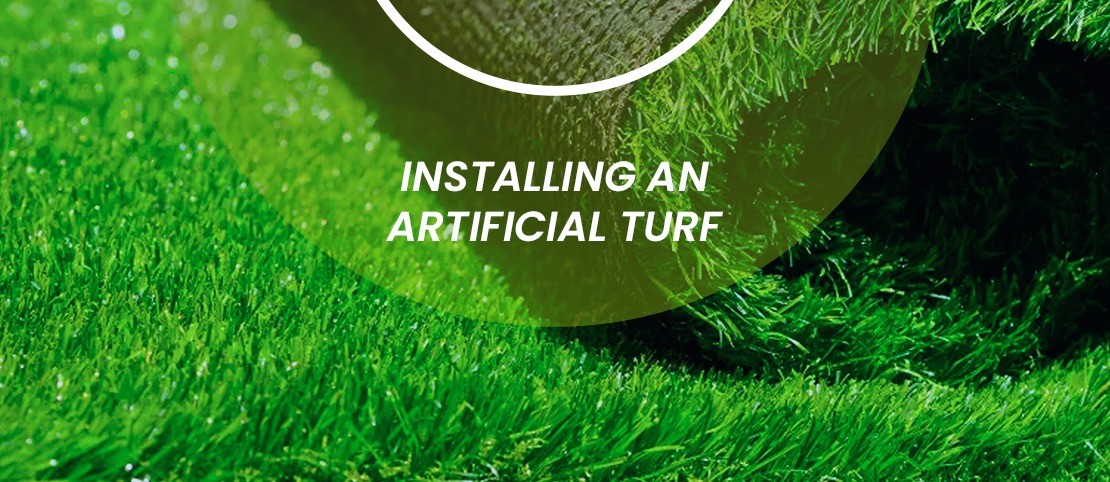The Process And Precautions For Installing An Artificial Turf
The idea of a perfectly manicured lawn or sports field without the hassle of maintenance is tempting, and artificial turf provides an excellent solution. While it may seem like a simple process, installing artificial turf requires careful planning and execution to achieve the best results. In this article, we will discuss the process and precautions of installing an artificial turf to help you create a beautiful and long-lasting outdoor space.
Preparation
Before starting the installation process, it is essential to prepare the ground properly. The first step is to remove any existing grass, weeds, or debris from the area where the turf will be installed. This can be done using a shovel, rake, or sod cutter. The next step is to level the ground and remove any rocks or large stones that could create an uneven surface.
Once the ground is clear and level, it is time to install a base layer. A layer of crushed stone or gravel is typically used to create a stable foundation for the artificial turf. This layer should be compacted and leveled to ensure a smooth surface for the turf.
Installation
Once the base layer is in place, it is time to install the artificial turf. The first step is to lay out the turf and ensure that it is cut to fit the space properly. It is essential to keep in mind any obstacles such as trees, sprinkler heads, or other landscaping features that may require additional trimming.
Next, the turf is secured to the ground using stakes or adhesive. If using stakes, they should be placed every few feet along the edges of the turf to prevent it from shifting or bunching up. Adhesive should be used sparingly, as too much can cause the turf to become hard and inflexible.
Once the turf is secured, the edges are trimmed and secured to create a seamless look. Any excess material can be trimmed using a utility knife or scissors. It is important to ensure that the seams are tight and secure to prevent the turf from separating over time.
Maintenance
Maintaining an artificial turf is relatively easy compared to natural grass. It is important to keep the turf clean and free of debris, as this can cause damage over time. Regular brushing or sweeping can help to keep the fibers upright and maintain a natural look.
In addition to regular cleaning, it is important to inspect the turf for damage or wear. Any tears or punctures should be repaired immediately to prevent further damage. It is also important to avoid using sharp objects on the turf, as this can cause irreversible damage.
Precautions
While installing an artificial turf is relatively straightforward, there are a few precautions that should be taken to ensure the best results. Here are some things to keep in mind:
Choose the right type of turf
There are many different types of artificial turf available, each with their own unique properties. It is important to choose a turf that is suitable for your specific needs and environment.
Hire a professional installer
While it is possible to install an artificial turf yourself, it is often best to hire a professional to ensure the best results. A professional installer will have the experience and tools necessary to install the turf properly and efficiently.
Consider drainage
Proper drainage is essential for maintaining the health and appearance of an artificial turf. It is important to ensure that the base layer is properly graded and that any excess water is directed away from the turf.
Avoid high temperatures
Artificial turf can become very hot in direct sunlight, making it uncomfortable to walk on. It is important to avoid installing the turf in areas where it will be exposed to high temperatures, such as near reflective surfaces or buildings.
Consider the environment
Artificial turf can be an environmentally friendly option compared to natural grass, but it is still important to consider the impact on the environment. Choose a turf that is made from recycled materials and avoid using chemicals on the turf that can harm the environment. Additionally, it is important to properly dispose of any materials used during the installation process, such as excess turf or packaging.
Allow time for settling
It is normal for the turf to settle and flatten out after installation. It is important to allow time for this process to occur before using the turf, as this will ensure a smooth and even surface.
Consider long-term maintenance
While artificial turf requires less maintenance than natural grass, it is important to consider the long-term maintenance needs. This includes regular cleaning, repair, and replacement as needed. It is also important to follow any manufacturer guidelines for turf maintanance to ensure the best results.
Conclusion
In conclusion, installing an artificial turf can be a cost-effective and low-maintenance solution for enhancing the appearance of your lawn or sports field. However, it is important to take precautions and carefully plan and execute the installation process to ensure the best results.
By properly preparing the ground, choosing the right type of turf, and following maintenance guidelines, you can enjoy a beautiful and long-lasting artificial turf. With these tips and precautions in mind, you can create a beautiful outdoor space that requires minimal upkeep and provides maximum enjoyment.
Related Posts
Comments
By accepting you will be accessing a service provided by a third-party external to https://www.mbt-techserv.com/



